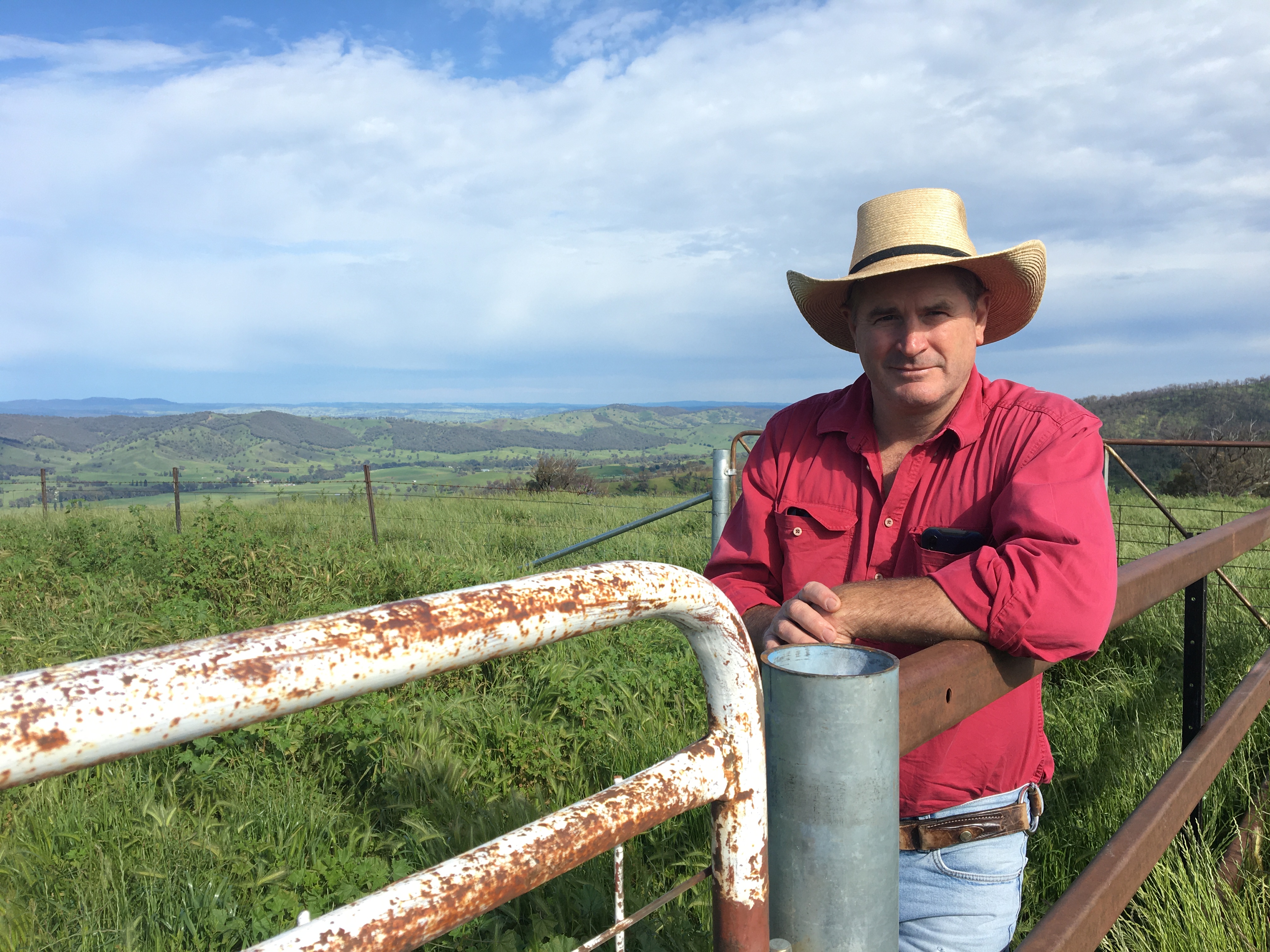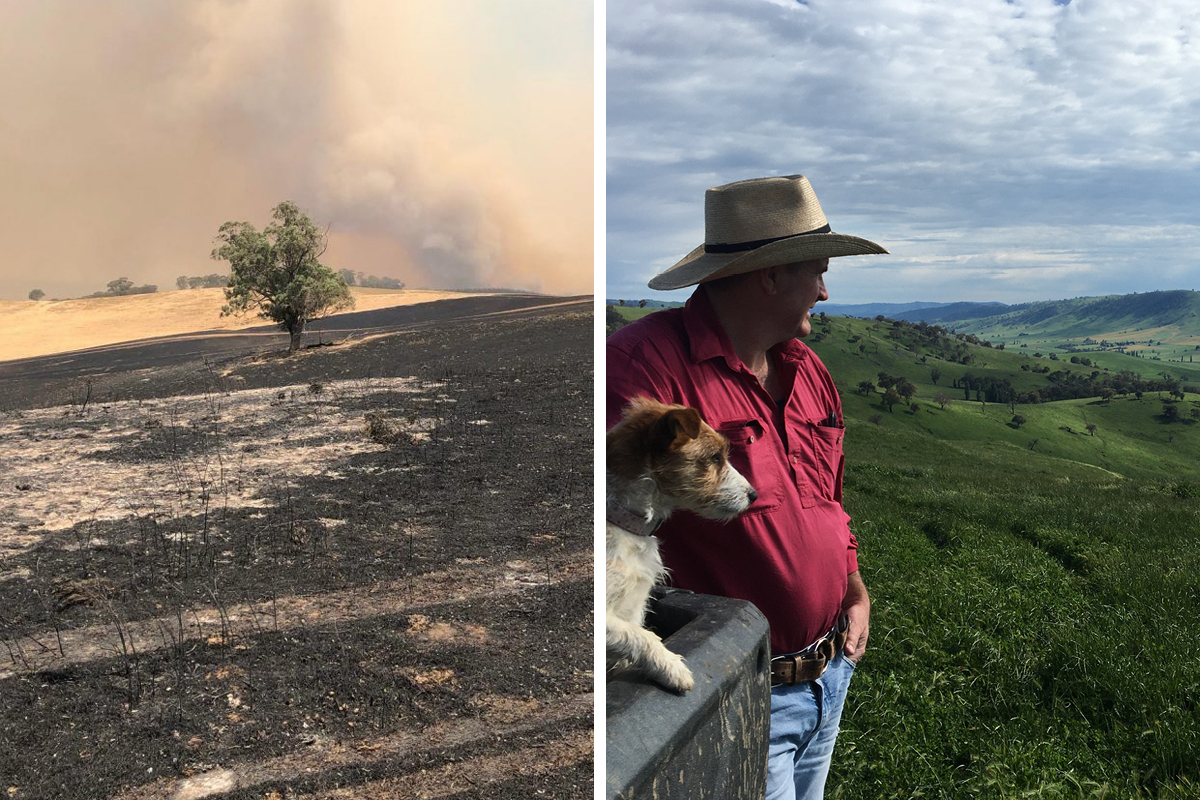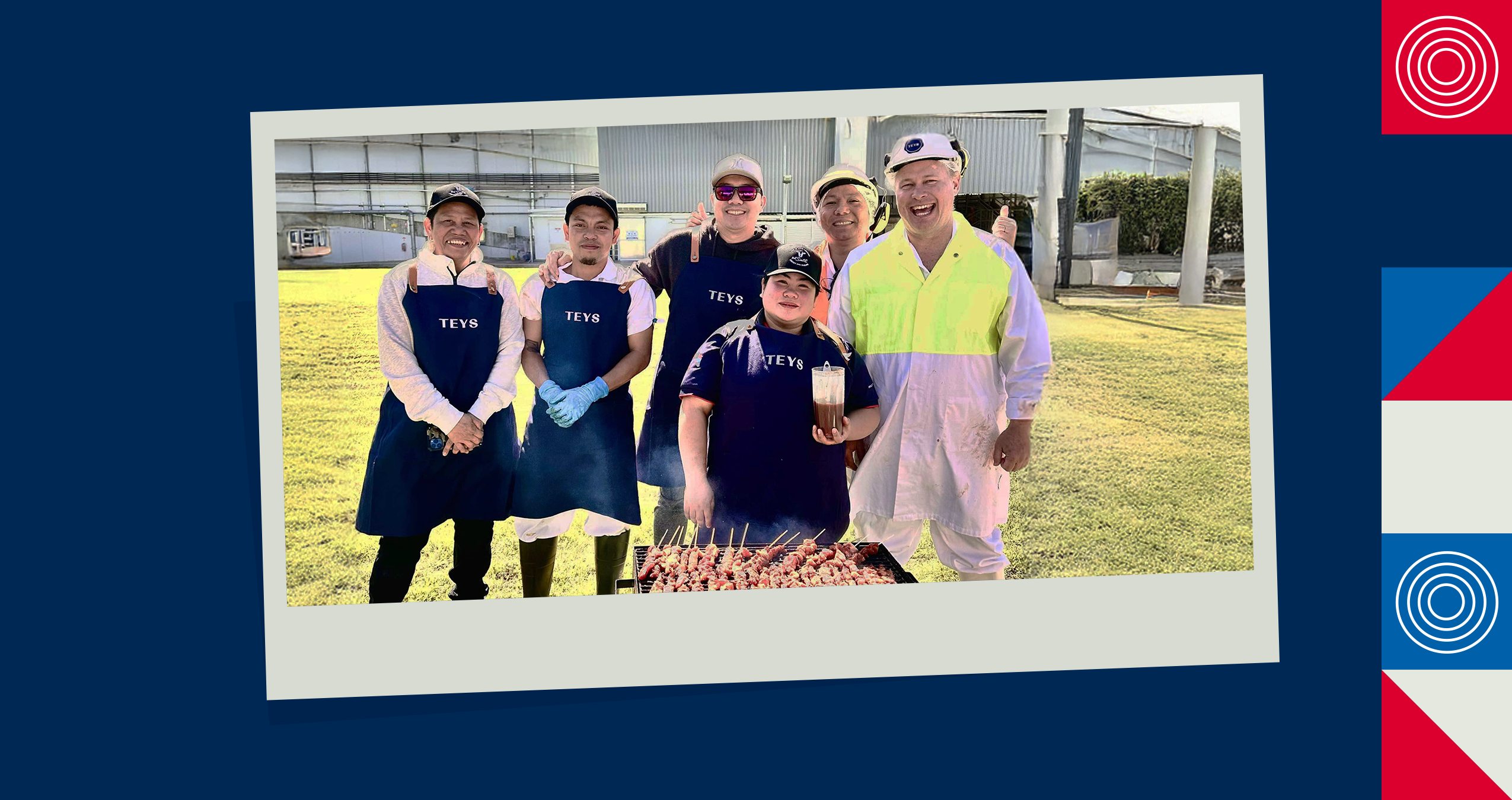
Teys producer, Matt Pearce looks out his window surveying his family property, Muronga, in southern NSW. He describes what he sees.
“It’s looking really good – better than it has in a long time. We’ve had a bit of rain, so everything is green and the cattle look good.” Matt speaks with a sense of pride, but what he says next is telling.
“The cattle and the landscape seem to recover quicker than we do in many ways.”
Matt is referencing the events of last summer that saw him lose 95% of his property to a bushfire. It was the last thing Matt, and many producers like him needed after an extended drought that has had devastating and long-lasting impacts right across the industry.
Located on the western slopes of the Snowy Mountains range, in the Yaven Creek Valley, Muronga was in the direct path of the devastating Dunns Road bushfire that burned more than 130,000 hectares on New Year’s Eve, and the days that followed.

Despite losing fencing and a shed filled with three months’ supply of stored fodder, Matt counts himself as one of the lucky ones.
“We made the decision to let the hayshed go and focus on protecting the stock, the machinery sheds, and ourselves,” Matt says.
“Importantly there were no injuries. In the area a couple of houses were lost and a lot of stock perished, so we were very fortunate.”
This doesn’t mean the recovery process has been easy. Producers like Matt have been grappling all year with the long-term effects of drought, and throwing COVID-19 into the mix presented further challenges.
“It’s been a lot of hard work. Lots of fencing, and infrastructure improvements to get us back to business – it’s a real credit to everyone involved,” Matt says.
“There’s been an extraordinary amount of support locally, from industry, government, all around Australia and the world. BlazeAid volunteers did fencing for us, and buyers and processors, including Teys brought orders forward for us and other producers.”
“This reduced the burden significantly, and understanding that Teys has its own processes it wouldn’t have been an easy feat for them.”
One of the biggest challenges for farmers like Matt was what to do with the cattle they needed to keep when there was no feed.
“I know some farmers were doing confinement feeding but I didn’t want to do that. I wanted to give the land and the cattle time to recover,” Matt says.
“The generosity of other producers was amazing. We had offers from farmers in New England – they got some good rain in the new year and were happy to take some of our cattle.
“I had been considering selling some maiden heifers, which would have been a major blow to our operations, but out of the blue I had a call from someone in Albury who’d brought some of our cattle at auction.
“We didn’t know him personally but he contacted us, saying he’d happily take our maiden heifers for as long as needed.”
The offers from other producers to temporarily take stock gave Matt and the land important relief.
“We don’t rotationally graze – all of our country gets rested at some point in the year. After the bushfire it was even more important for the land to be rested.
“Looking out across the valley now, and how green it is, it’s hard to imagine the ferocity and destruction of less than a year ago.
“The countryside seems resilient. Emotionally, I think it will take a lot more time for people to recover.”
It’s not hard to understand this sentiment when Matt describes his experience of the bushfires.
“There are bushfires every year. We were concerned that it had been very dry and the amount of fuel around. We were also concerned about our water resources, but it was business as usual in every other respect. We could never have imagined the absolute disaster that it was.”
Matt and his family had been away for Christmas and arrived home on Friday 27 December. Over the weekend, Matt was on a bulldozer with the Yaven Creek Rural Fire Service at the nearby Dunns Creek fire. With worsening weather conditions, Matt and the other support vehicles got stuck at the firefront.
“I’ve never experienced anything like that before. There was ash, smoke, a howling screaming wind – it was ferocious. We sat in the fire for 20 minutes or so – there was zero visibility. I couldn’t even see the blade at the front of the dozer.
“Interestingly, my first instinct was to get out of the cab – to get out and run. If I’d done that I wouldn’t have stood a chance.”
It was on Monday that Muronga came under real threat.
“I didn’t sleep that night – I just sat outside watching, wondering what I’d wake up to,” Matt says.
“The next morning – New Year’s Eve – we were like a small island in the burnt valley. We’d lost about half the place on Monday night. At that point I thought we’d been spared, but on Tuesday we lost the other half. The fire only stopped 100 metres from the house and the paddock where we had all the cattle confined.”
The Dunns Road fire went for several more weeks, threatening to spark up again with unfavourable weather conditions. It wasn’t until the end of January that the threat was over.
Muronga is still understocked because of drought and fire but is well-placed for a full recovery.

With more rain forecasted, Matt says he’s looking forward to a “green Christmas”.
“After going through droughts, I’m of the view that there’s no such thing as bad rain.”
Learn more about Teys’ producers like Matt here.
 Return to News
Return to News

















